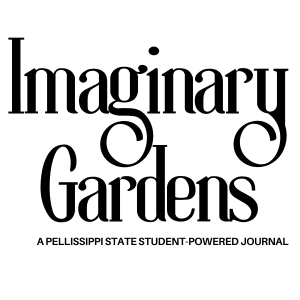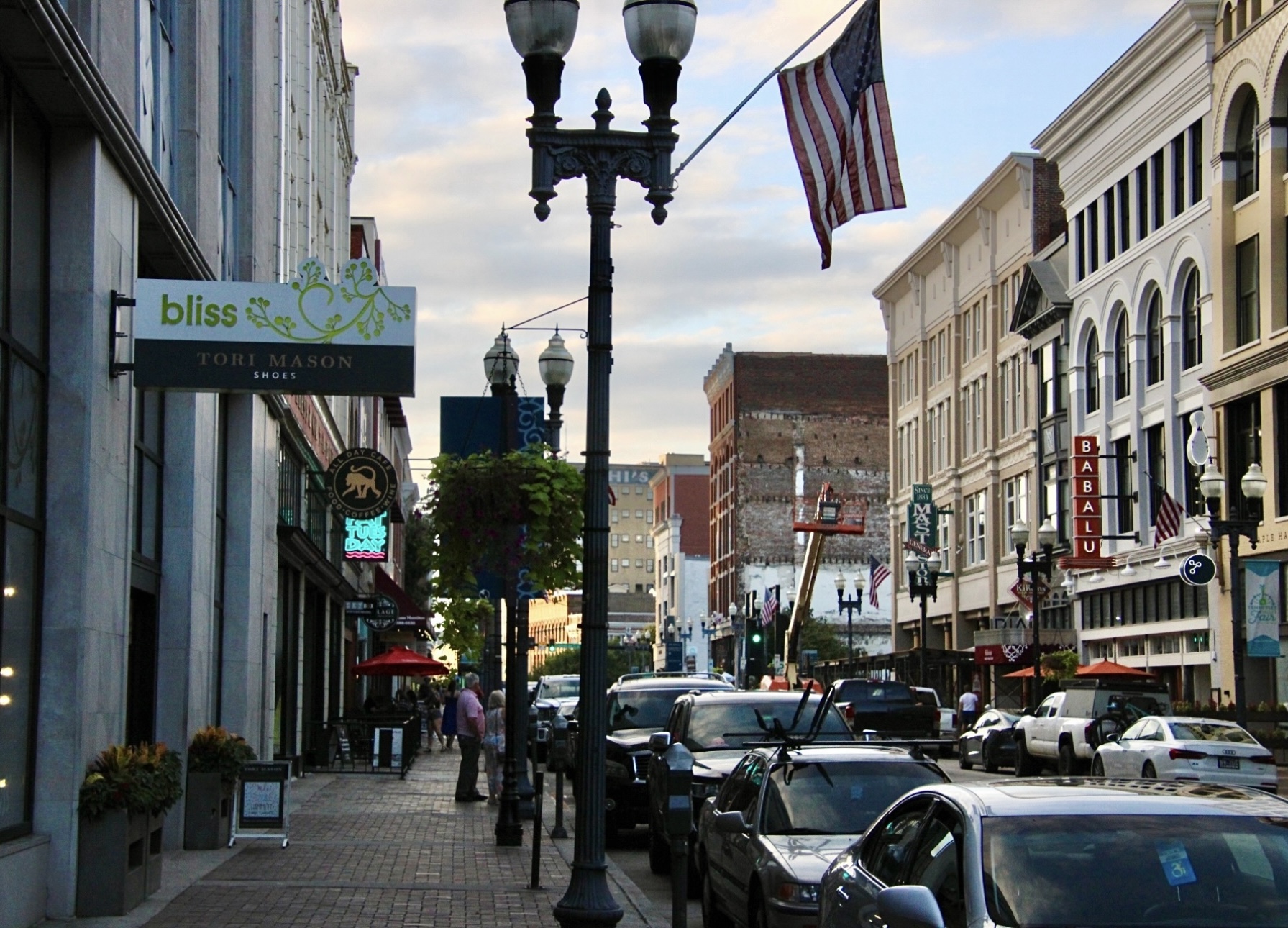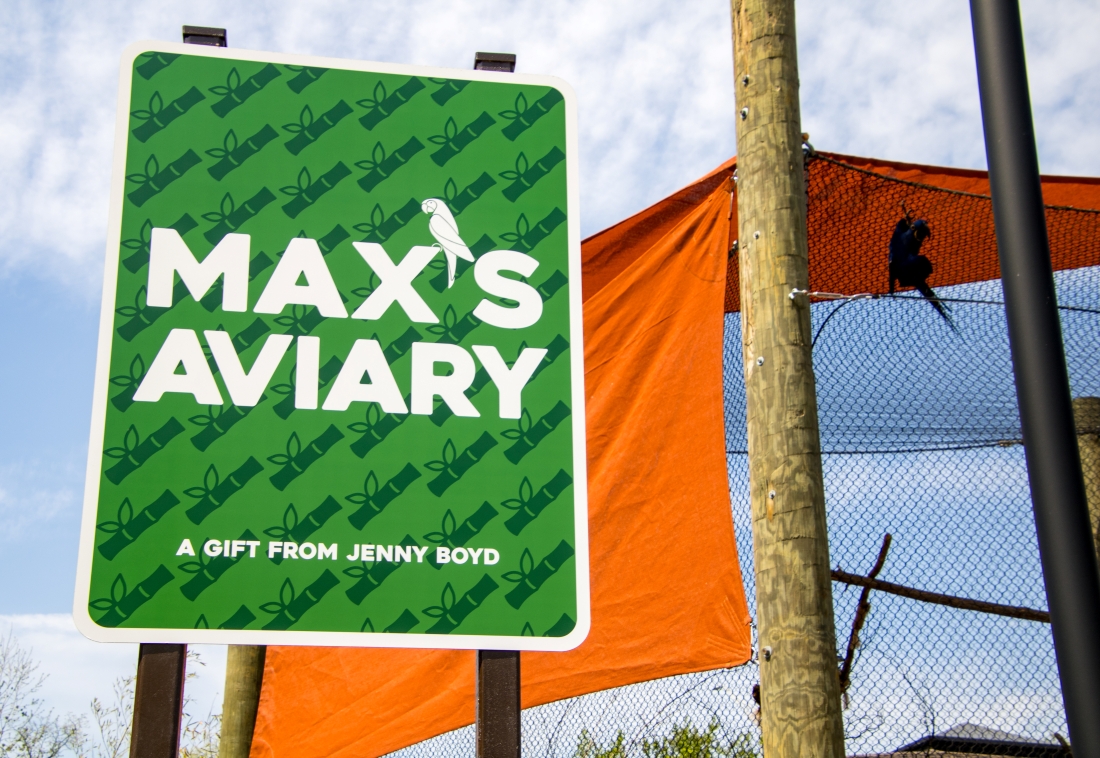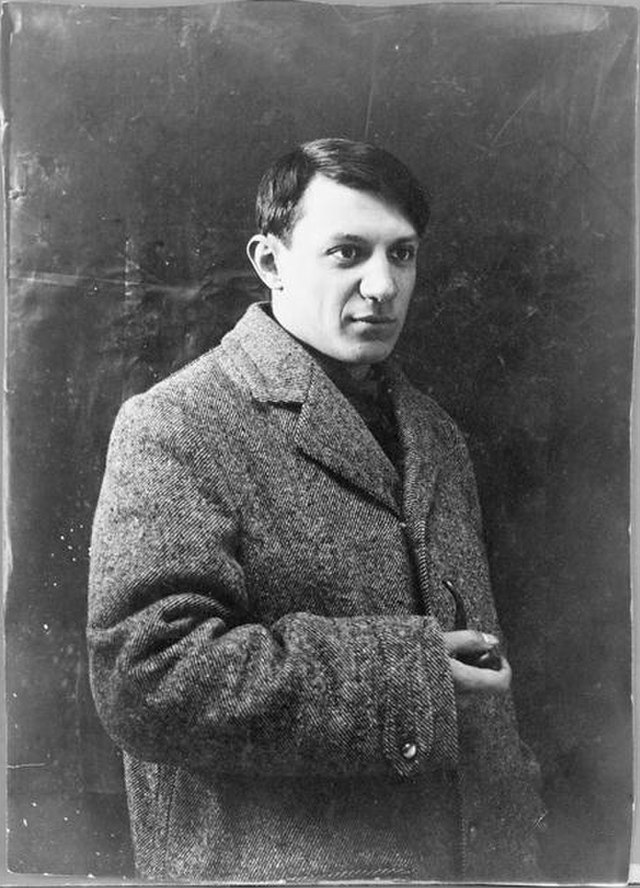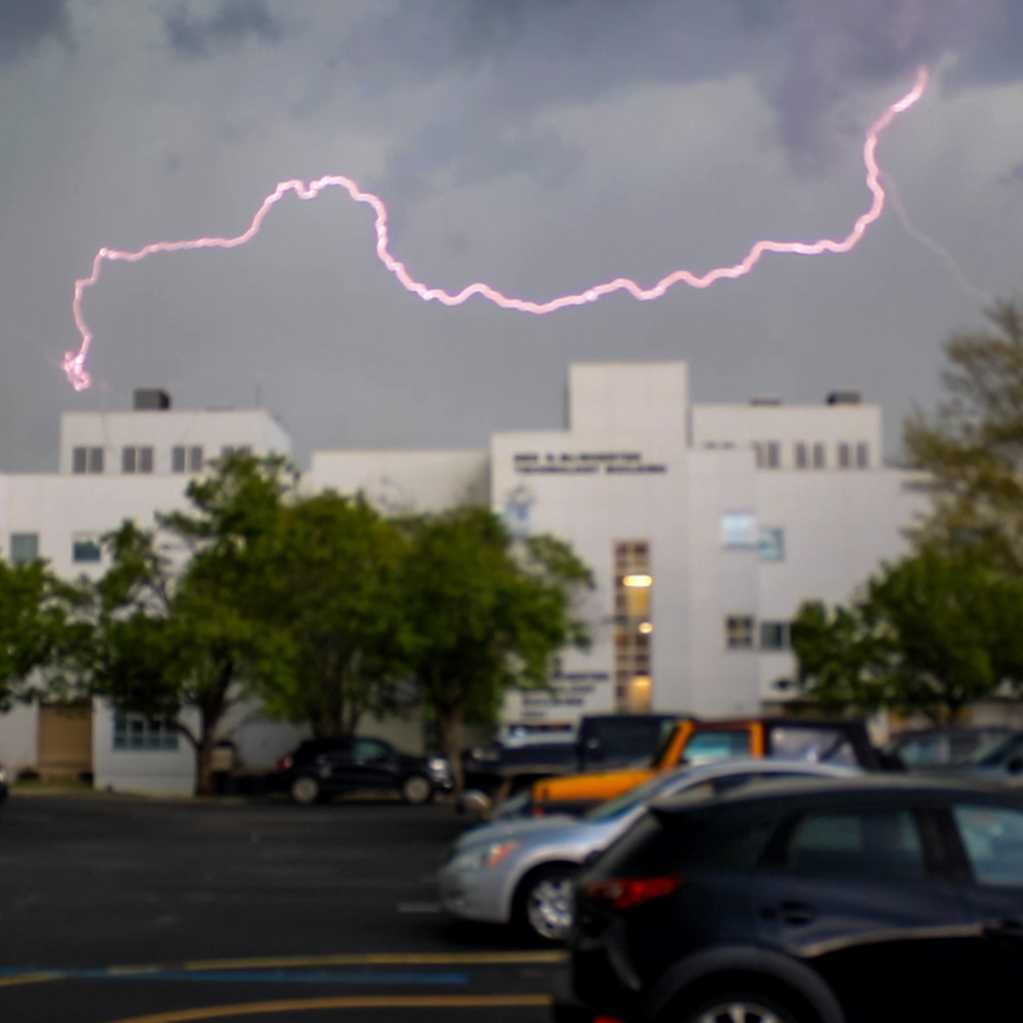By Luke Breeden
Started by a boom in the personal car market, urban sprawl has defined the growth for most large cities since World War II, as residents began to be able to drive to their jobs in the city. Over the past eight decades, cities like our very own Knoxville, Tennessee, have grown to oversized proportions because of this new problem.
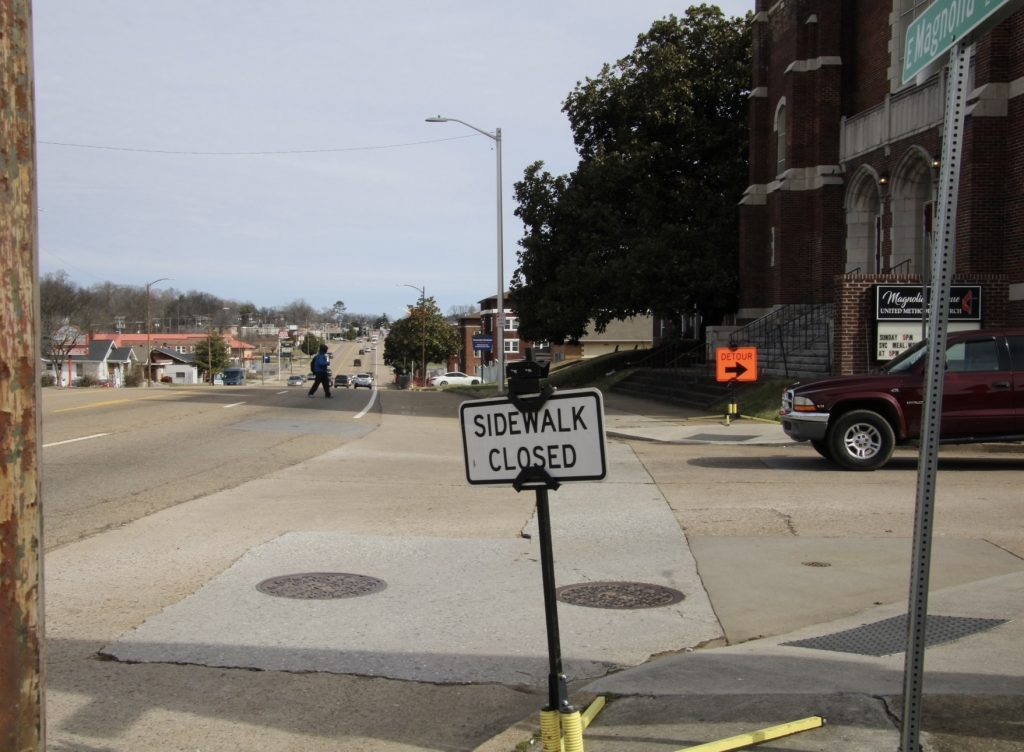
In fact, “humans have settled more land area in just 40 years between 1975 and 2014 than during all preceding centuries in history combined” as reported by the McGill Journal of Sustainable Development Law, leading to increased traffic along major corridors, many negative environmental effects, higher energy consumption, and higher resource extraction. Knoxville is currently at a crucial point, as urban sprawl continues in the region.
Although many other cities world-wide are taking initiative to overcome the old development patterns, many cities, especially in the U.S., are hesitant to change. To replace the impractical development productivity of previous decades, Knoxville and its metro area must adapt zoning codes and support public and private projects to create localized urban centers.
Urban centers – areas of denser mixed-use development in the suburban locations within a metropolitan region – could be an effective way to improve livability and interconnectivity in neighborhoods in and around Knoxville. As concerns for the cost of living and climate change grow year by year, encouragement for affordable and eco-friendly transportation grows with it; however, the sprawling nature of US residential areas creates an impractical, unsafe environment for walking, biking, or public transit.
Dense mixed-use development can introduce pedestrian and bike-friendly neighborhoods that incorporate new jobs, shopping, schools, and public spaces within walking and cycling distance. These neighborhoods, with a range of housing and transit options, would bring affordable living to any city struggling with rental availability, especially high rent cities like Orlando, FL and Atlanta, GA, each with a median monthly cost of $2000 according to Zillow.
Along with affordability and pedestrian safety, urban centers that utilize open and attractive public spaces encourage community engagement and increase social capital. Dr. Kevin Leyden, an Honorary Research Professor at the Whitaker Institute, concluded that “persons living in walkable, mixed-use neighborhoods have higher levels of social capital compared with those living in car-oriented suburbs,” as social capital has been connected to physical and mental health, political involvement, volunteering, trust, low crime, and economic development. A sense of community is an attractive benefit for a lot of people, especially to small businesses that greatly benefit from personal relationships with customers; Knoxville would especially benefit, as support for local business and producers has become popular in the area.
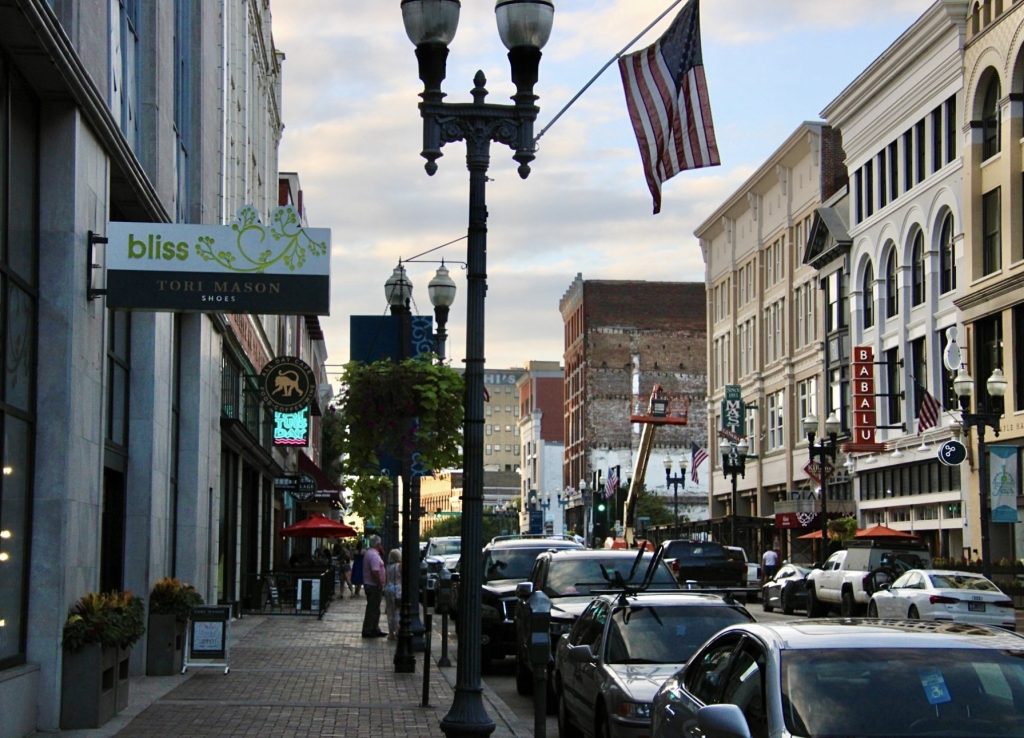
Another advantage of building urban centers across a metro area comes with implementing public transportation. With new population hotspots rising – especially ones that prioritize car-free mobility – public transit would become a popular choice for residents who either don’t have or don’t often use their own vehicles. Although it would be an expensive undertaking, the usage would eventually outweigh the costs, and the need for improvements to road infrastructure would decrease.
Options like electric light rail and improved bus and greenway systems would bring sustainable transportation for many citizens for cross-city travel; Knoxville especially is severely lacking in this department, with the only available public transit being some rather short reaching and inconsistent bus lines. A comprehensive look into public transit options, in tandem with developing urban centers, may prove to be a more productive solution to traffic problems than roadway upgrades – an ongoing theme in Knoxville’s development pattern.
Knoxville’s Urban Wilderness, a collection of parks and natural reserves, is a major player in South Knoxville’s growth, bringing many health enthusiasts. Connecting this system to places like World’s Fair Park, Knoxville City Greenways, Lakeshore Park, Victor Ashe Park, UTK campus, and other major park and recreational areas, plus integration with the surrounding road network, would encourage denser development around the new paths and decrease driving customers to downtown and recreational areas. This has been a growing craving for Knoxville citizens; one that the City of Knoxville has interest in with a recently received U.S. Department of Transportation grant of $42.6 million in March 2024.)
So, what could these urban centers look like? The exact styling and design will differ between each location depending on the specific needs of the neighborhood. However, the basic needs must be met within each.
As mixed-use developments, they will need a mix of different land uses, like residential, commercial, office, service, and public spaces. These divisions can be broken down even further with varying types and styles of each use. This will add a mix of amenities for various demographics, bringing cultural diversity into neighborhoods throughout Knoxville that may have lacked it before.
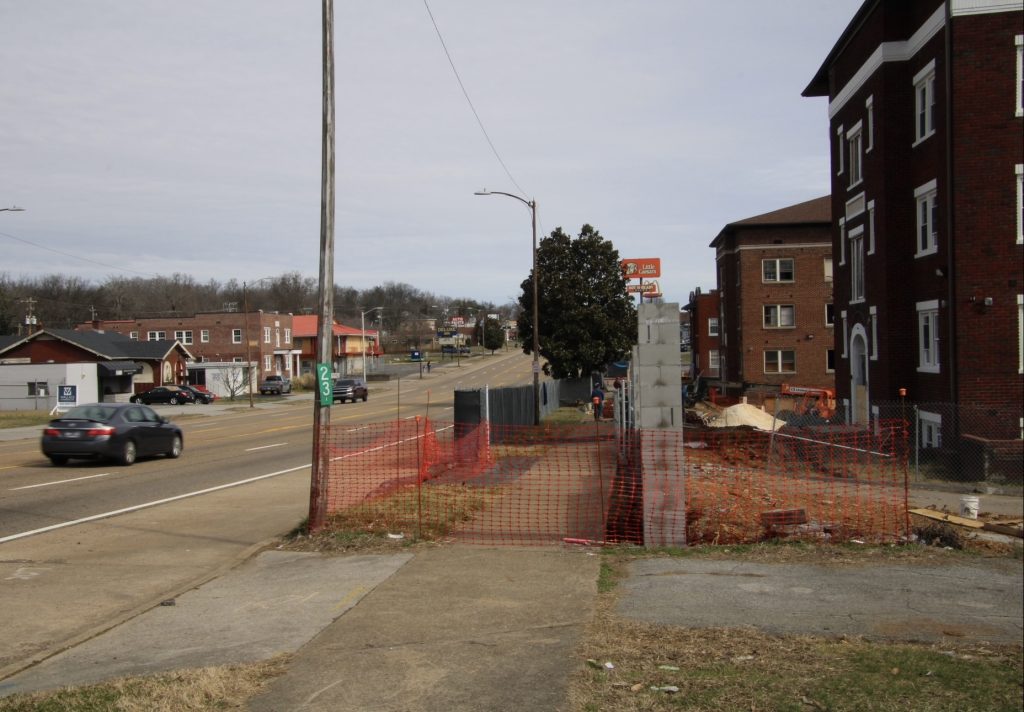
Examples of these urban centers are already showing up around Knoxville – though maybe not in the most productive or strategic ways. For instance, The Strip. A stretch of Cumberland Avenue that splits the Fort Sanders neighborhood and the University of Tennessee’s main campus in Knoxville the area was originally landmarked by low-density eateries and leisure. However, a recent development brought by the Chicago-based Core Spaces is entirely reshaping the face of this space with multiple apartment buildings and a street lined with ground-level retail. These 864 apartments are directly next to the University, which has had trouble finding spaces for new student housing.
Some other possibilities include nodes along Kingston Pike like Northshore, West Town Mall, Cedar Bluff, and Watt Rd.; commercial compounds like Turkey Creek, Town Center at North Shore, and East Town; and down other major corridors like Clinton Highway, Chapman Highway, Alcoa Highway, Magnolia Avenue, and Broadway.
Urban Centers, however, cannot be built without changing local zoning laws. Zoning codes are the ordinances that define what can and cannot be done on specific parcels of land, having encouraged the urban sprawl we see in most North American cities today. An adaptation to these laws, in both urban, suburban, and rural areas, is well overdue and is necessary to progress Knoxville’s growth in a healthy, productive manner.
Urban and suburban zoning, the main culprit for the vast spread of cities, can be changed to allow neighborhoods to have some denser development. For example, land that was originally single-family could be allowed for multifamily units like duplexes, multiplexes, or small townhomes and apartments. This way, neighborhoods that want to keep their small, homey quality can still house people in a compact manner.
Especially around designated urban centers, adding density to the surrounding neighborhoods would add more cheap housing around transit hubs and local conveniences. Another option for neighborhoods who wish to keep a low-density feel is Accessory Dwelling Units (ADUs). These units, usually consisting of at least a bedroom, kitchen, bathroom, and separate entrance, allow for property owners to gain an extra source of income while providing affordable rent options for individuals or small families without the costs of urban sprawl.
ADUs are a growing trend within the U.S., as cities like Chicago, IL, Portland, Oregon, and Seattle, Washington have altered zoning laws to allow these units. Within the chosen urban centers, and other areas that could withstand and justify a higher population allowance for medium-density apartment and mixed-use buildings would be necessary to gain the desired effect. New plots can also be zoned for public uses, such as new parks, civic spaces, and greenways, to encourage community engagement and healthy habits for a city whose citizens lack the amenities. Knoxville’s I-40/75, I-640, and I-275 corridors are some examples of these areas, all of which would also greatly advance with public transit.
Although Knoxville’s development should be encouraged, local farms and natural areas should be protected; the Tennessee Valley is known for its local agriculture, and urban sprawl forces many citizens to buy produce and meat from supermarkets that get their products from other regions. This protection can come through restrictive zoning laws as, in rural areas, zoning can disallow the construction of industrial or residential compounds that would affect the surrounding environment. These laws are similar to those used in Great Smokey Mountains National Park to restrict what can be built within natural areas and help protect the environment and deep history of the valley.
Although these actions would bring much needed change to Knoxville and its metropolitan area, two key factors could hinder their effectiveness: funding and community backlash.
The construction of urban centers and extension of public transit and park space would prove to be very expensive tasks. Many may ask: where would we get the money? This is where a new budget, future revenue, and private investment come into play. Transitioning from suburban to infill development, the cost of construction for roadways extending from the city will decrease, as less homes would be built in far-reaching suburbs. This promise of a cost decrease, along with the future revenue from transit use and their taxes would justify the new budget. Privately owned businesses can then be encouraged to invest in the area by erecting new locations in and around the urban centers, incorporating public spaces to increase foot traffic and sales.
The issue of community backlash largely comes from NIMBY, or Not In My Back Yard. NIMBY is the mentality of those who do not wish for their property or community to change. This has played a major factor in the shape of Knoxville, as this mindset has caused many previous attempts at major development and infrastructure projects to not gain enough public traction to succeed. This would be a hard hump to overcome; however, with enough campaigning and education, many citizens could change their minds and accept the development.
Knoxville needs a change in its sprawling development patterns. The formation of urban centers and the adaptation of zoning laws in, around, and outside of the areas would prove to be a productive and achievable solution to solve the issue. This solution would bring affordable living, walkable/bikeable neighborhoods, community engagement, healthier living, and protection for wildlife and local agriculture.
This plan cannot be completed without action from the local community. Without a structure to support healthy development, Knoxville, and many cities like it, will grow too big for their britches, overtaking beloved rural and natural lands, instead becoming hotspots for gas consumption, social isolation, unhealthy/unaffordable living, and parking wonderlands.
